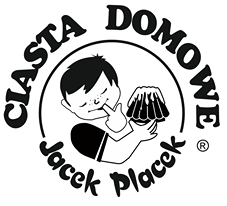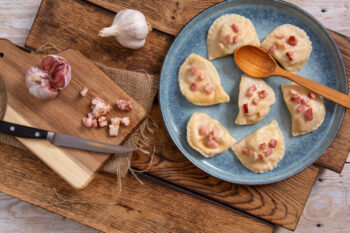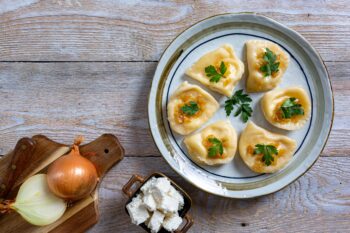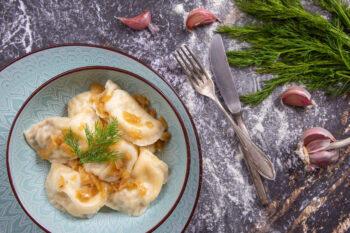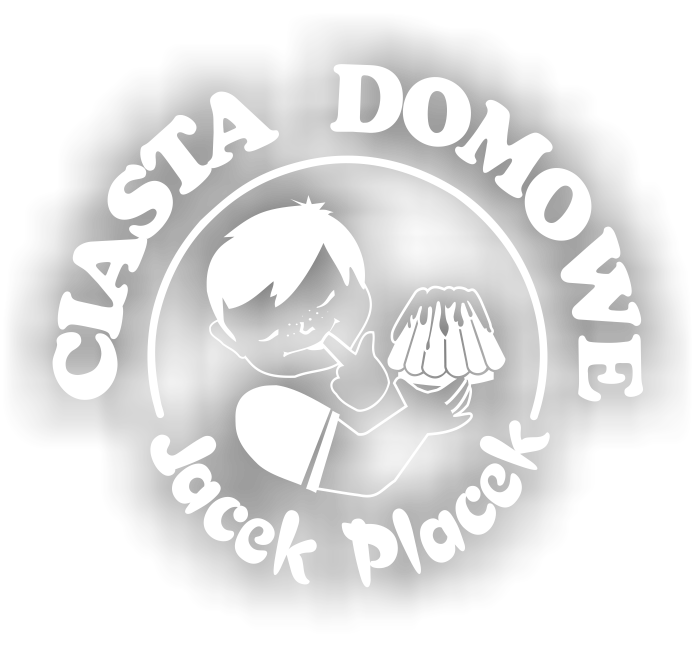Pierogi are a traditional Polish dish. Everyone who visits our country must try this dish. Jacek Placek's offer also includes dumplings! Get to know our wide range as well as various interesting facts about this dish!
Dumplings from the Jacek Placek Confectionery
The main mission of our company is production based on only natural ingredients and the use of traditional home recipes. Thanks to this, our dumplings and baked goods taste like they used to!
Jacek Placek's assortment includes: =>Pierogi with both sweet and savory stuffing. For savory options, you can choose classic Russian dumplings, hunter's dumplings, with spinach and feta cheese, or delicious ones stuffed with cabbage and mushrooms. For lovers of sweet flavors, we have Macius' dumplings with cottage cheese and berries, as well as our own product - =>dumplings with poppy seed.
We make all dumplings from home-made dough, which we make according to an old family recipe. That's why their consistency, taste and aroma are so unique!
Where do dumplings come from?
In our country, we commonly recognize that pierogi are a traditional Polish dish that has long dominated Polish tables. But were pierogi really invented in Poland? Well, no! They come from China and are one of numerous Chinese inventions. The first dumplings (dim sum) were made of wheat or rice dough and stuffed with meat or vegetables. However, in Polish lands this dish appeared only around the 13th century. Legend has it that dumplings came to us thanks to the Dominican, Saint. Jacek Odrowąż, who tasted them during his mission in Kievan Rus', today's Ukraine. Then, during the famine, St. Jacek made them himself and gave them to the poor. At that time, potatoes were not yet known in Europe, so the dumplings we know today as Russian dumplings were not prepared, but they were filled with groats, cottage cheese, cabbage, mushrooms or meat.
Pierogi in Polish tradition
In Poland, pierogi were initially treated as a more festive dish and served only on special occasions. Housewives prepared them in various shapes and flavors. They also had specific, different names depending on the celebration being celebrated. For weddings, large dumplings with various fillings were made called kurniki, for the New Year's caroling period - koladyki, for name days sweet dumplings called socznia and sanieżki were baked, and the dumplings served to mourners were known as knishes. Nowadays, they are a mandatory dish on the Christmas Eve table, so it can be said that the tradition of eating dumplings during the holidays has been preserved in Poland to this day.
It is also worth mentioning the meaning and origin of the name "pierogi". Linguists claim that it comes from the Proto-Slavic word "pir", meaning a feast, and "pier" describing a ceremonial cake - which also indicates the festive nature of this dish. The name pierogi became popular in the Polish language only in the 17th century.
Types of dumplings in Poland and around the world
Although we believe that pierogi are a uniquely Polish dish, they are served in various versions in most countries around the world. We know them very well in the form of Italian ravioli or tortellini, Georgian khinkali, Ukrainian and Russian pelmeni, Japanese gyoza or Chinese dim sum. Each national cuisine has its own variety of dumplings with various fillings and a specific way of preparing them. They can be served boiled, baked or fried, in broth, with cream or straight from water. In Poland, the most popular ones include: meat dumplings, Russian dumplings, dumplings with cabbage and mushrooms, and sweet dumplings with cheese, blueberries and strawberries. But individual regions of our country also have their typical types of stuffing. For example, in eastern Poland, dumplings with lentils dominate the tables, but the Lublin region itself is famous for its quite interesting filling - buckwheat with cottage cheese or potatoes and dried mint. However, in Podhale, the most traditional stuffing is prepared using local products, it is a mixture of bryndza, i.e. a soft cheese made from sheep's milk, cabbage, raw egg and onion.
Celebration of International Dumplings Day
Pierogi have become so popular all over the world that a special holiday was even established for this dish - International Pierogi Day, which we celebrate on October 8. Especially in the United States, this event is especially celebrated, and Americans themselves eat dumplings, which gained popularity in their country thanks to immigrants from Poland. On this day, they visit Polish restaurants and shops to get our traditional product. Some people also prepare homemade dumplings on this occasion.
We invite you to celebrate International Pierogi Day with Jacek Plack and try our variants of this delicious dish!
